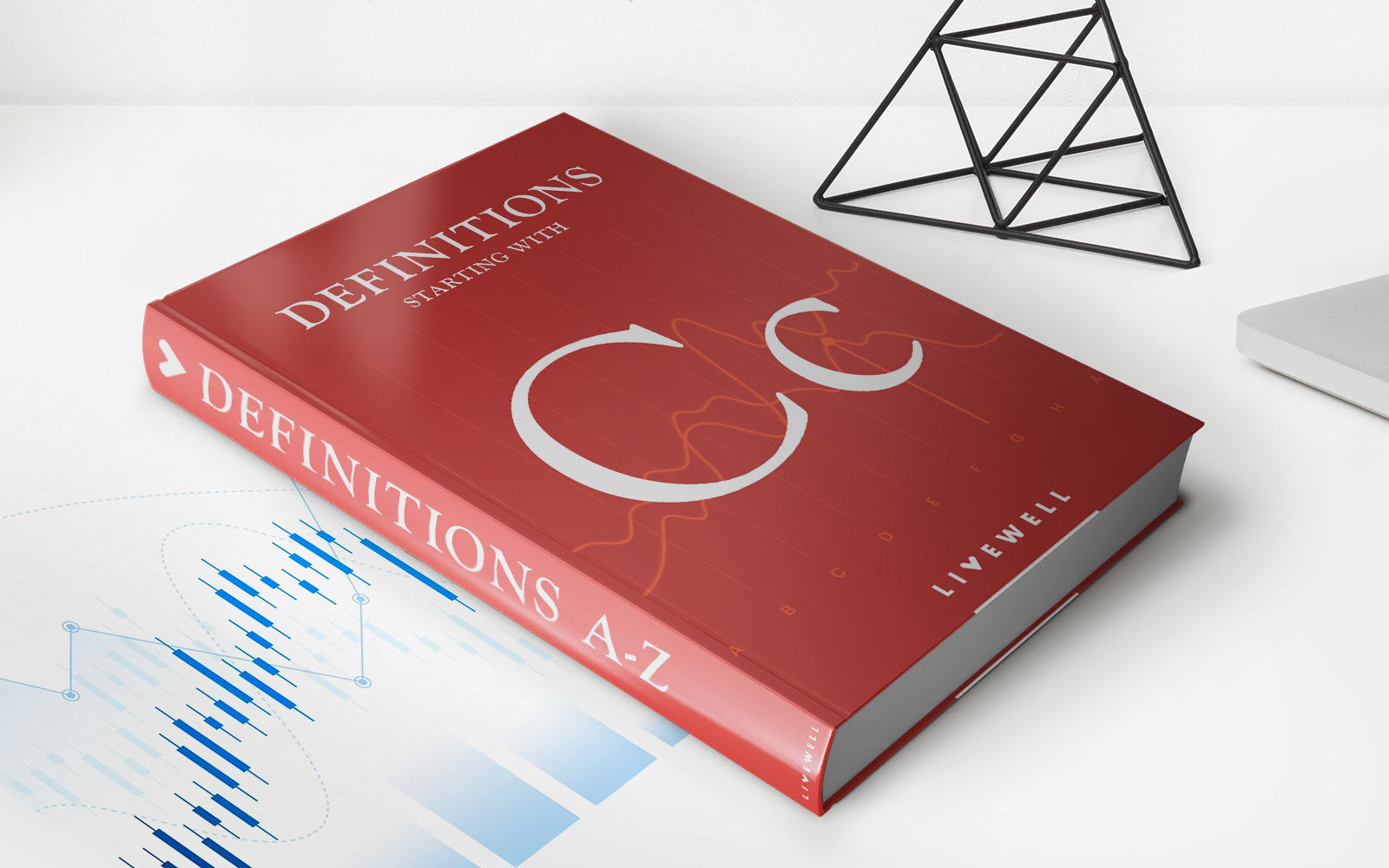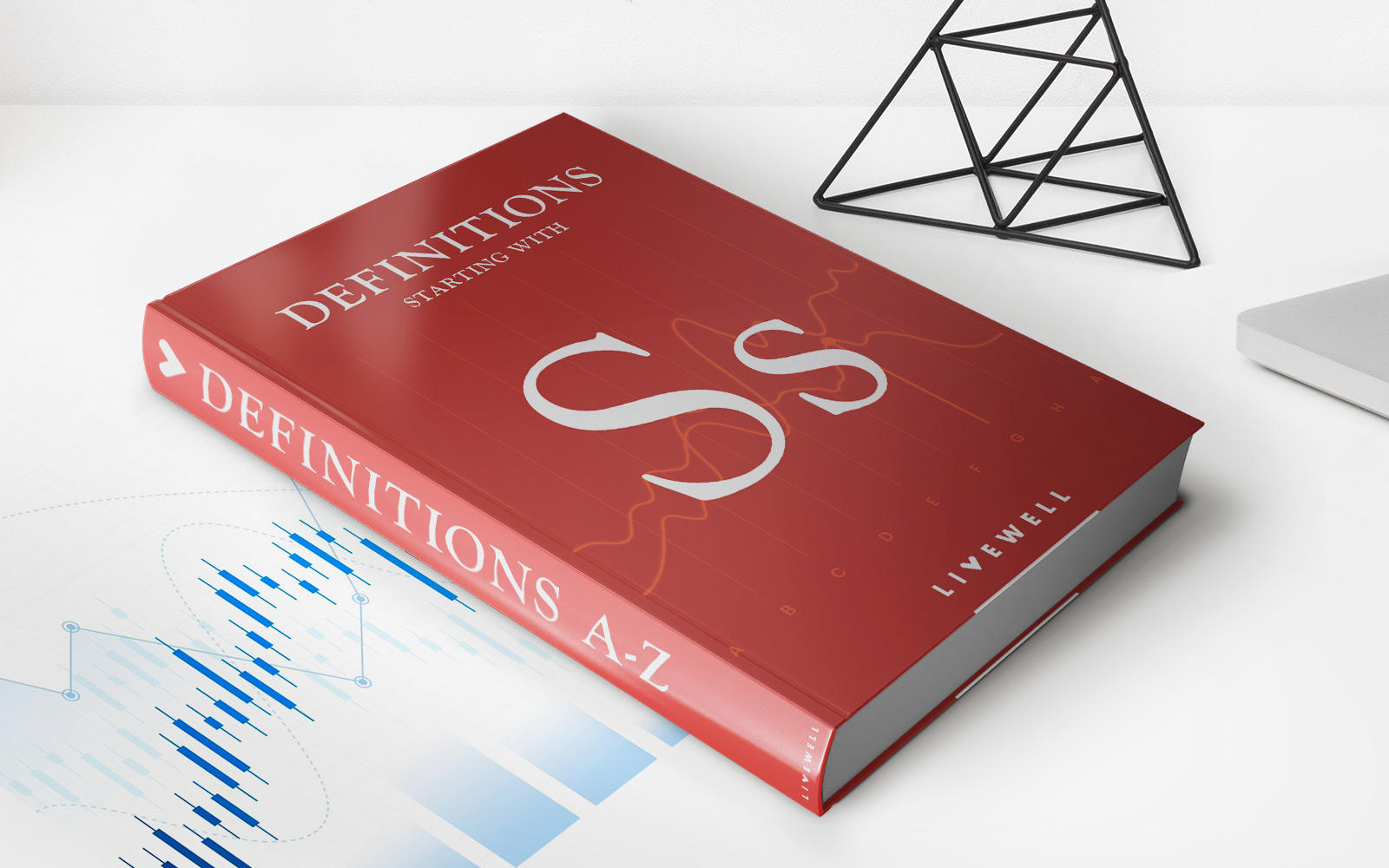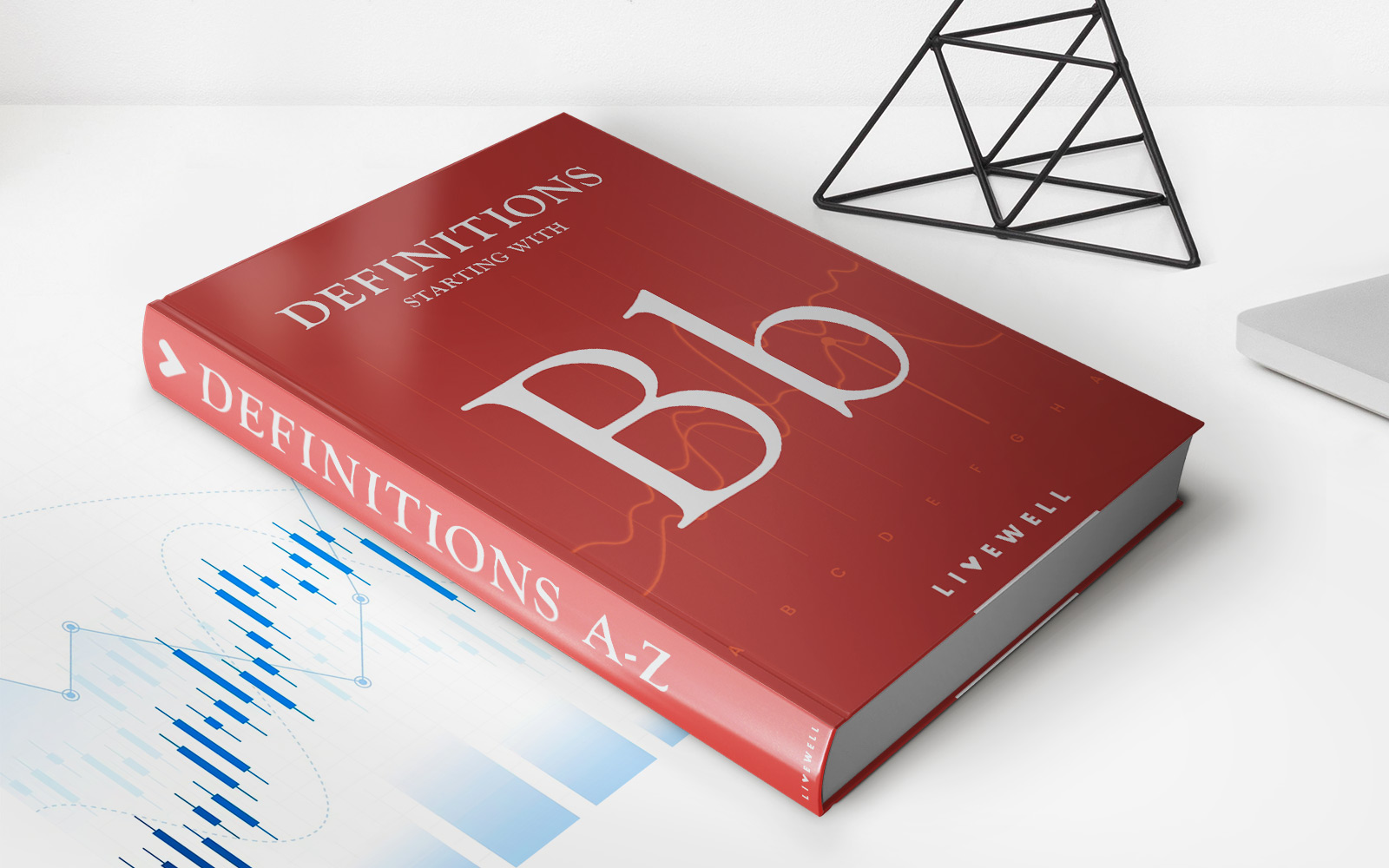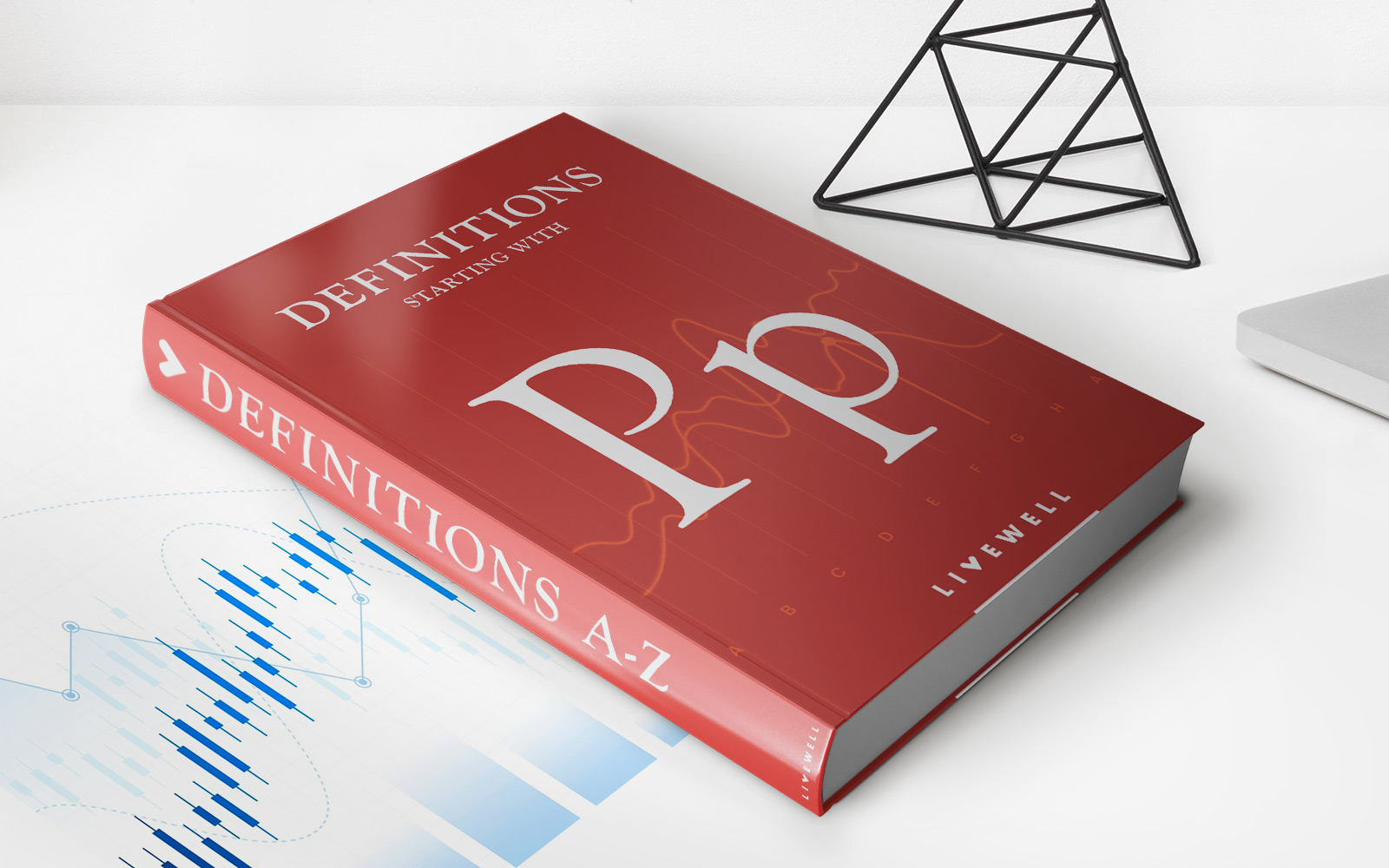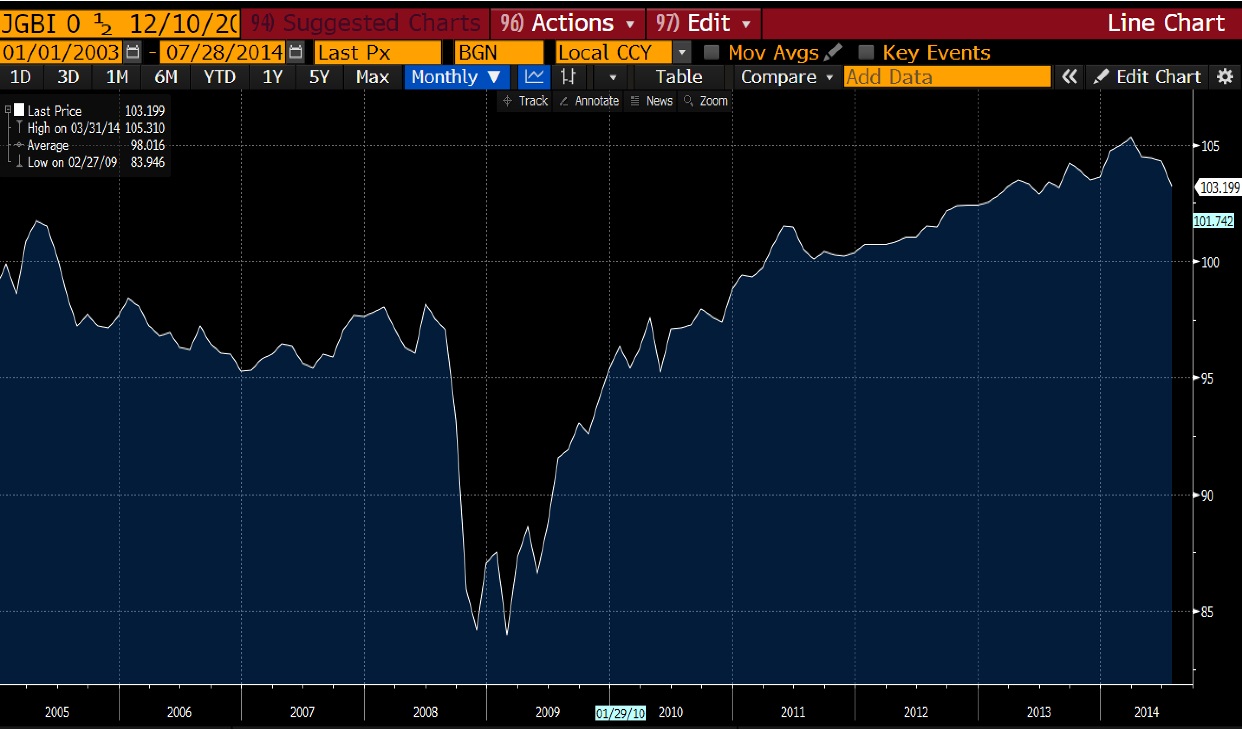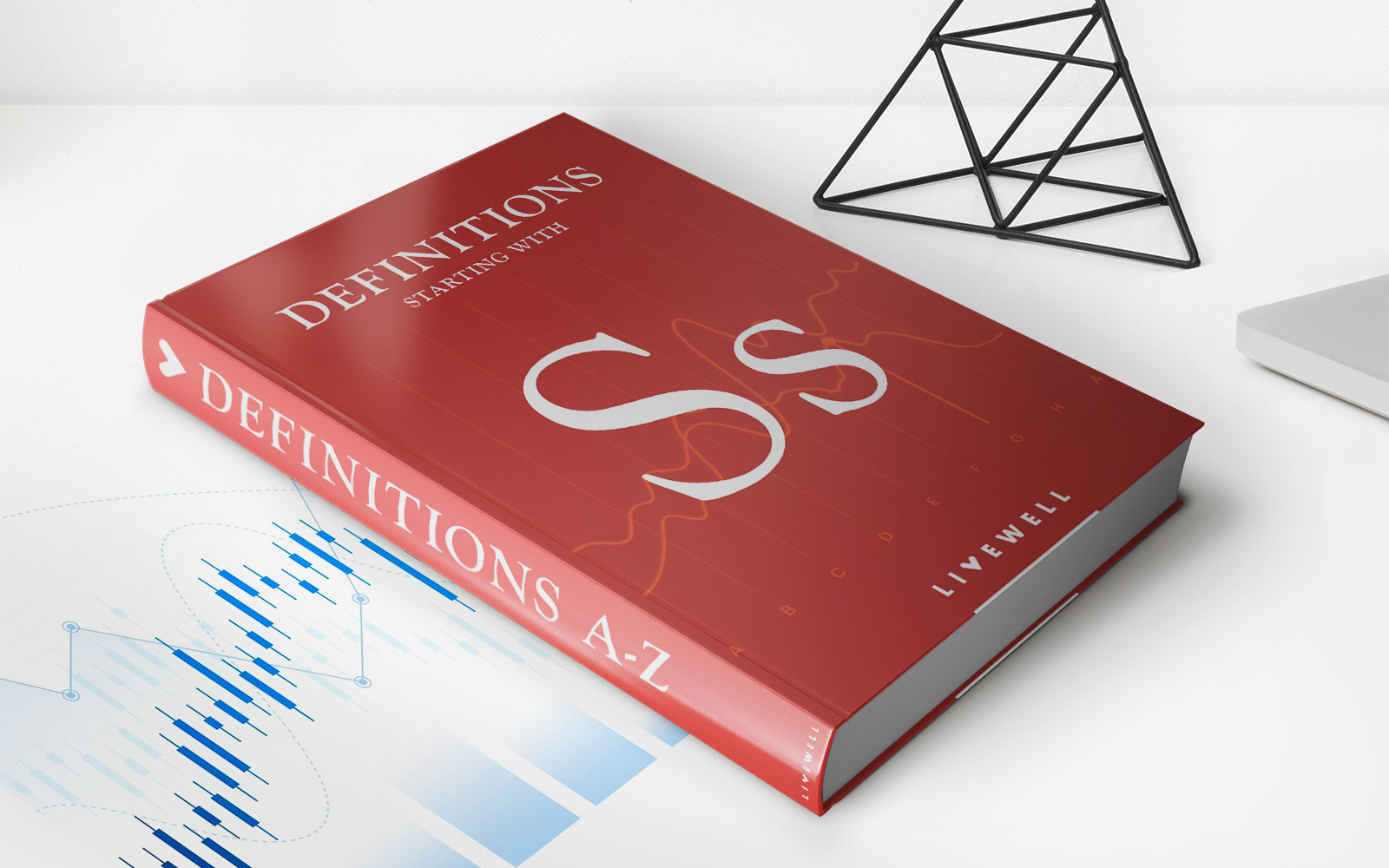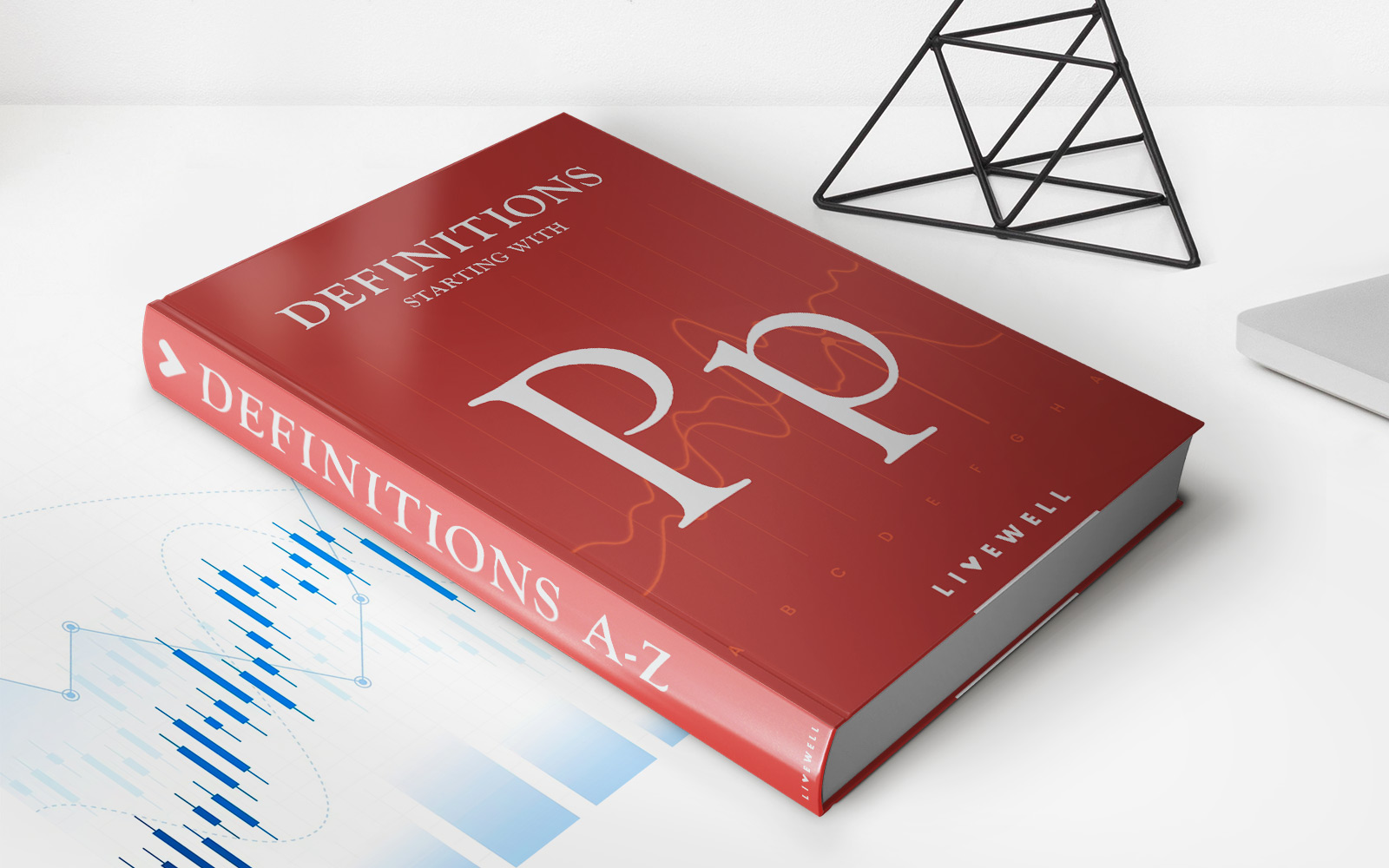Home>Finance>Index-Linked Bond: Definition, How They Work, And Example
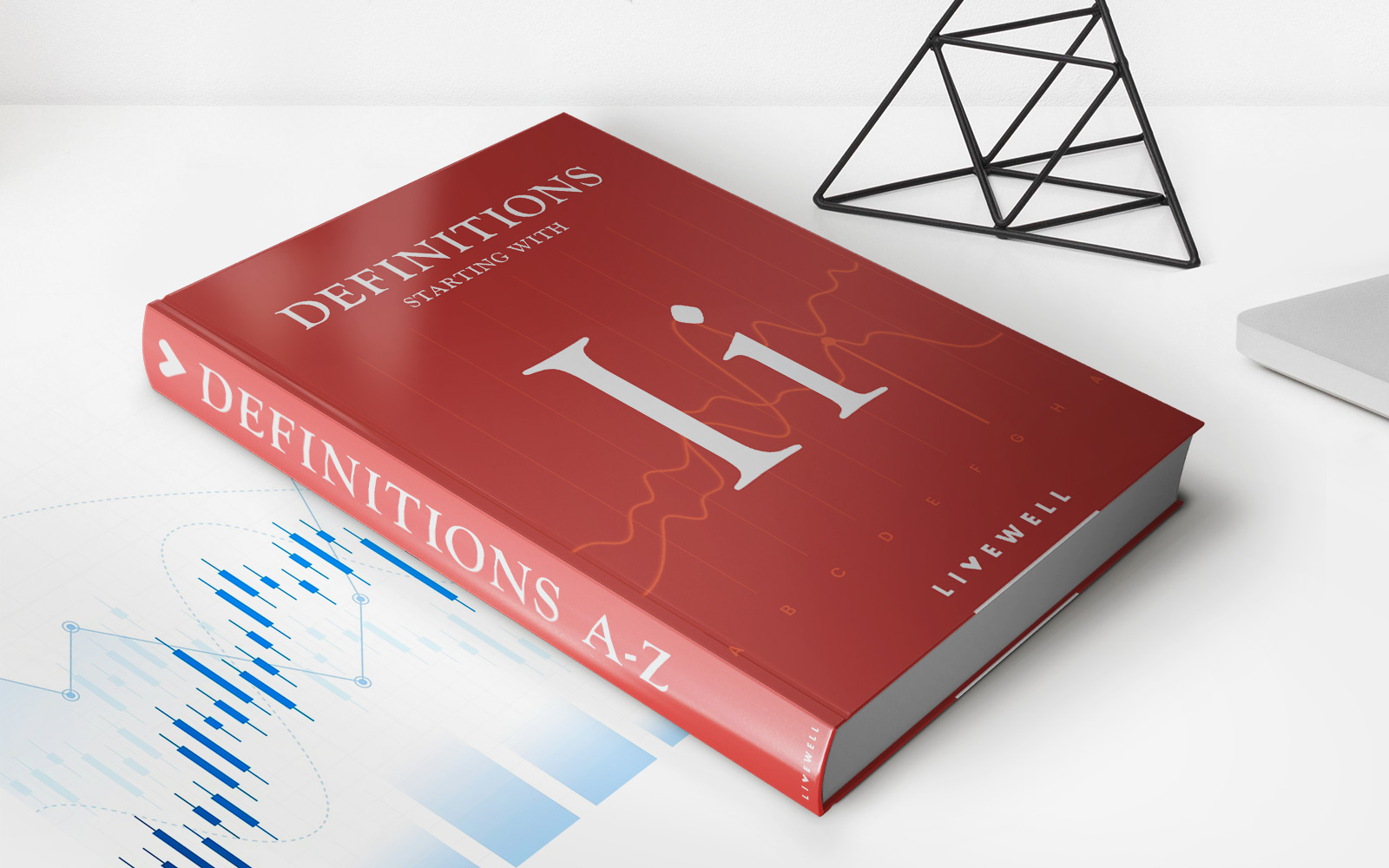

Finance
Index-Linked Bond: Definition, How They Work, And Example
Published: December 8, 2023
Learn about index-linked bonds in finance, including their definition, how they work, and get a real-life example. Understand this important investment tool.
(Many of the links in this article redirect to a specific reviewed product. Your purchase of these products through affiliate links helps to generate commission for LiveWell, at no extra cost. Learn more)
Understanding Index-Linked Bonds: A Guide to Finance
As we navigate the vast world of finance, it’s important to expand our knowledge and explore various investment options. One such option is index-linked bonds, which provide investors with a unique opportunity to grow their wealth. In this article, we will dive deep into the world of index-linked bonds, understanding their definition, how they work, and even delve into an example for a clearer understanding. So, let’s begin this journey into the realm of index-linked bonds!
Key Takeaways:
- Index-linked bonds are investment instruments that offer returns linked to a specific index, such as inflation or stock market performance.
- These bonds provide investors with protection against inflation by adjusting their principal and interest payments based on changes in the index.
What are Index-Linked Bonds?
Index-linked bonds, also known as inflation-linked bonds or simply ILBs, are financial instruments that are designed to protect investors from the adverse effects of inflation. Unlike traditional bonds, the returns on index-linked bonds are linked to changes in a particular index, such as the Consumer Price Index (CPI) or the stock market performance index.
How do Index-Linked Bonds Work?
Index-linked bonds work by adjusting their principal value and interest payments based on changes in the index to which they are linked. These adjustments ensure that the bond’s value keeps pace with inflation, providing investors with protection against eroding purchasing power.
For example, let’s say you purchase an index-linked bond with a principal value of $10,000 and a coupon rate of 3%. If the underlying index experiences inflation of 2% over the next year, the principal value of your bond would increase to $10,200, and the interest payment for the year would adjust to $306.
Conversely, if the index were to indicate a deflation of 1%, the principal value of the bond would decrease to $9,900, and the interest payment would be adjusted accordingly.
An Example of Index-Linked Bonds:
Suppose an investor purchases an index-linked bond tied to the CPI. The bond has a principal value of $50,000 and a coupon rate of 2%. Over the course of the investment period, the CPI increases by 3%. As a result, the principal value of the bond would increase to $51,500, and the interest payment for the year would adjust to $1,030.
By aligning the returns with the changes in the index, index-linked bonds provide individuals with a means of diversifying their investment portfolios and safeguarding their wealth against inflation.
In conclusion:
- Index-linked bonds offer investors a unique opportunity to protect their wealth against inflation by adjusting principal and interest payments based on changes in a specific index.
- These bonds can be a valuable addition to your investment portfolio, providing diversification and potential for steady growth.
As you continue your journey through the finance world, consider exploring the potential benefits of index-linked bonds and how they can fit into your overall investment strategy. With their ability to provide protection against inflation, these bonds can be an attractive option for savvy investors looking to secure their financial future.
